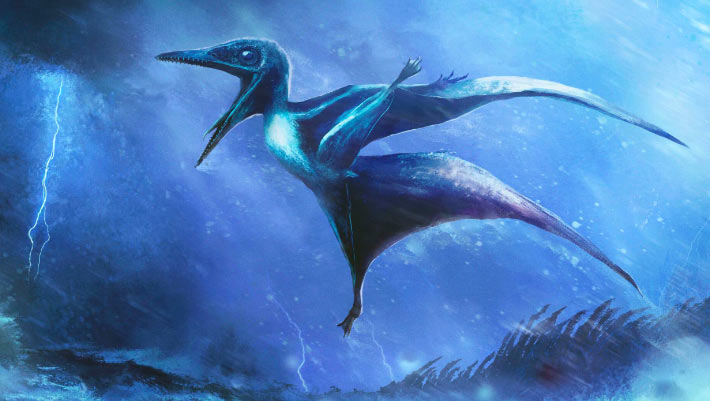Now Reading: Rare Fossil Discovery: Young Pterosaurs Preserved After Ancient Storm in Germany
-
01
Rare Fossil Discovery: Young Pterosaurs Preserved After Ancient Storm in Germany
Rare Fossil Discovery: Young Pterosaurs Preserved After Ancient Storm in Germany

Quick Summary
- Paleontologists from the University of Leicester studied two fossilized skeletons of immature Pterodactylus antiquus from the Solnhofen Limestones in southern Germany.
- The fossils date back 150 million years to the Late Jurassic epoch.
- These young pterosaurs had wingspans less than 20 cm and were likely a few days or weeks old at thier time of death.
- Both exhibited fractures in the humerus caused by powerful twisting forces, attributed to strong Jurassic storms rather than collisions wiht solid surfaces.
- The storms drove them into lagoon waters, where they drowned and were quickly buried in fine sediment, preserving their remains exceptionally well.
- Smaller, delicate fossils like these are abundant in Solnhofen deposits due to such conditions; larger adult pterosaur remains are rarely found except as fragmented parts.
- Research suggests young pterosaurs native to nearby islands frequently fell victim to these storms rather than being permanent residents of lagoon ecosystems.
- This study shifts understanding about biases in fossil records previously attributing dominance to small-sized local inhabitants.
Indian Opinion Analysis
This discovery offers interesting insights into paleontology methodology while reshaping assumptions about prehistoric ecosystems. The concentrated preservation of juvenile fossils highlights how external natural forces-such as climatic events-can heavily skew fossil records. For India’s academic and research institutions working on dinosaur-related studies or paleoenvironments (especially considering finds like those from Gujarat’s Narmada Valley), this emphasizes prioritizing environmental context analyses alongside individual specimens. Such interdisciplinary approaches could deepen understanding not only of India’s prehistoric biodiversity but also broader questions on extinction dynamics across ages.
Images:

























